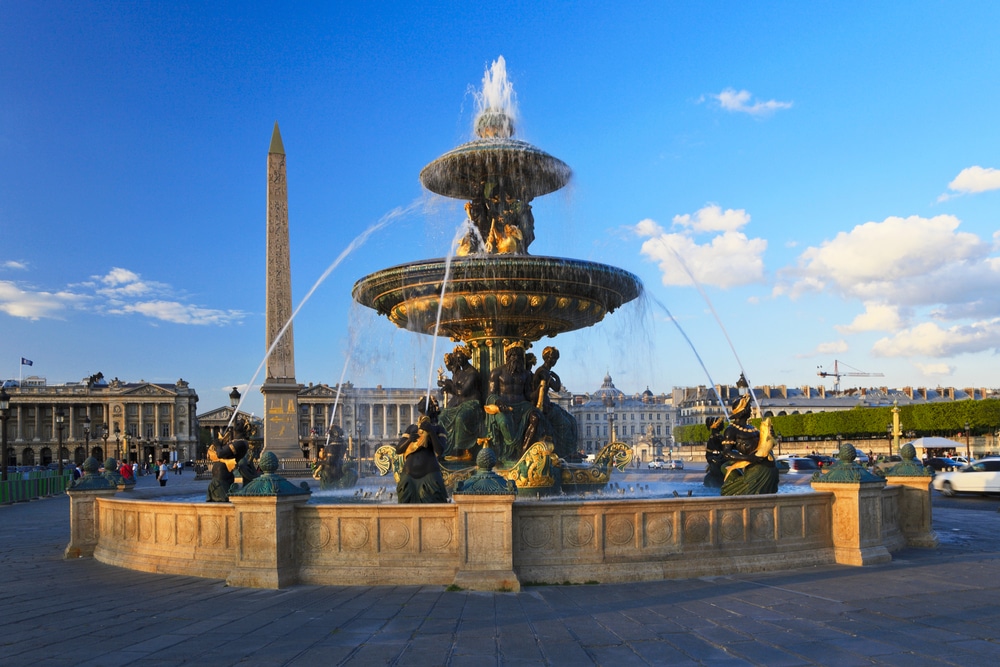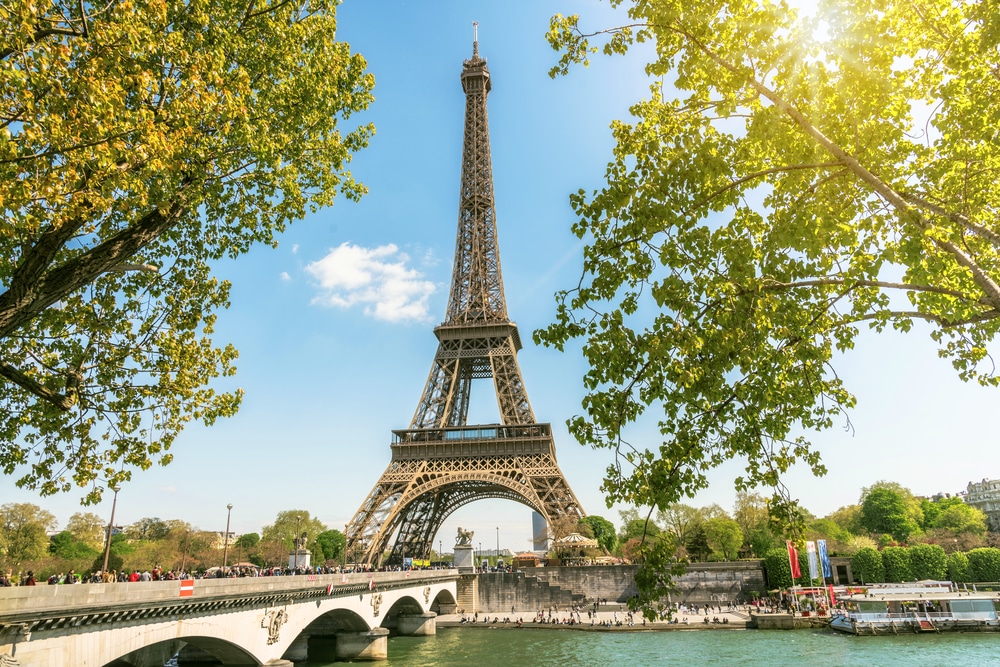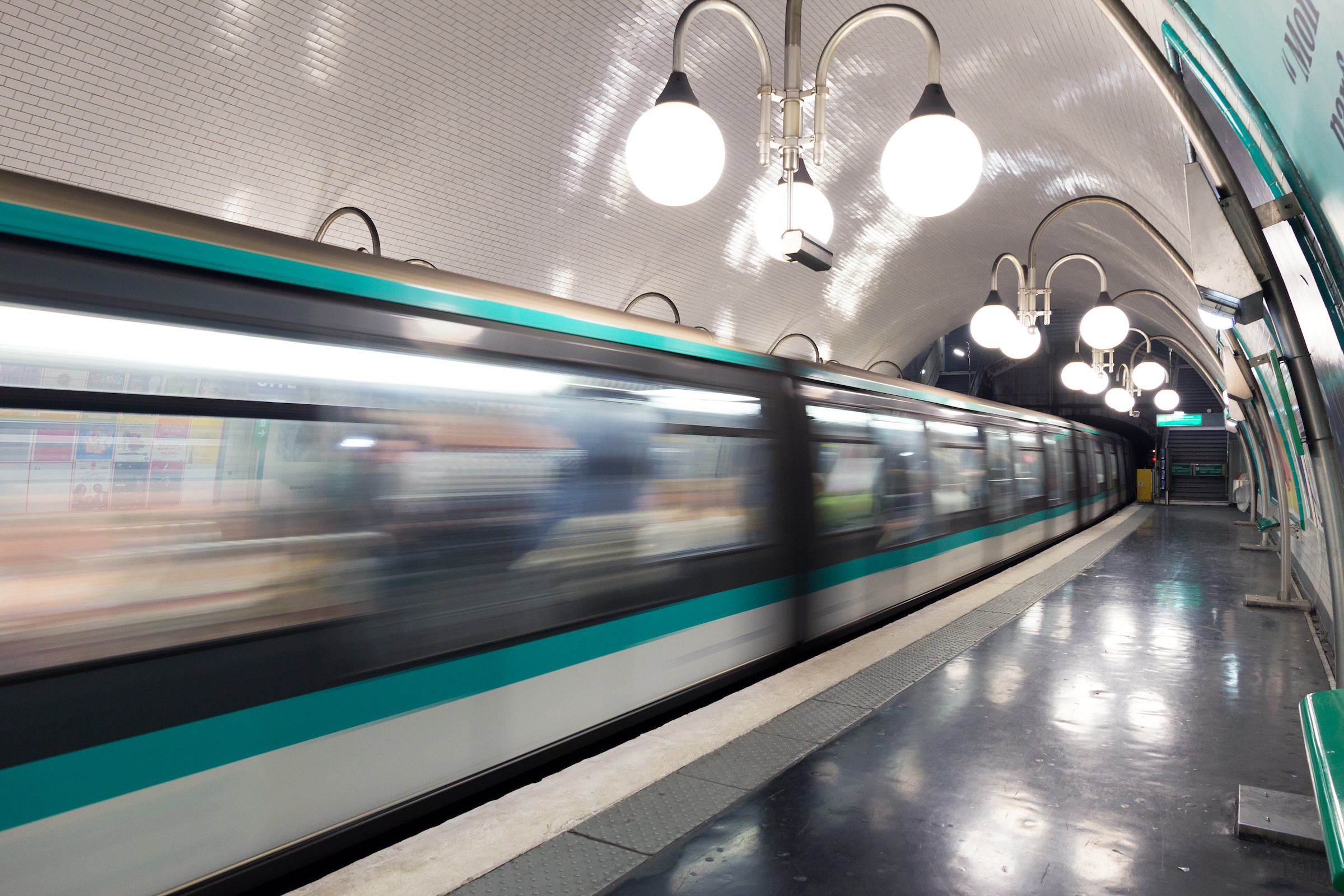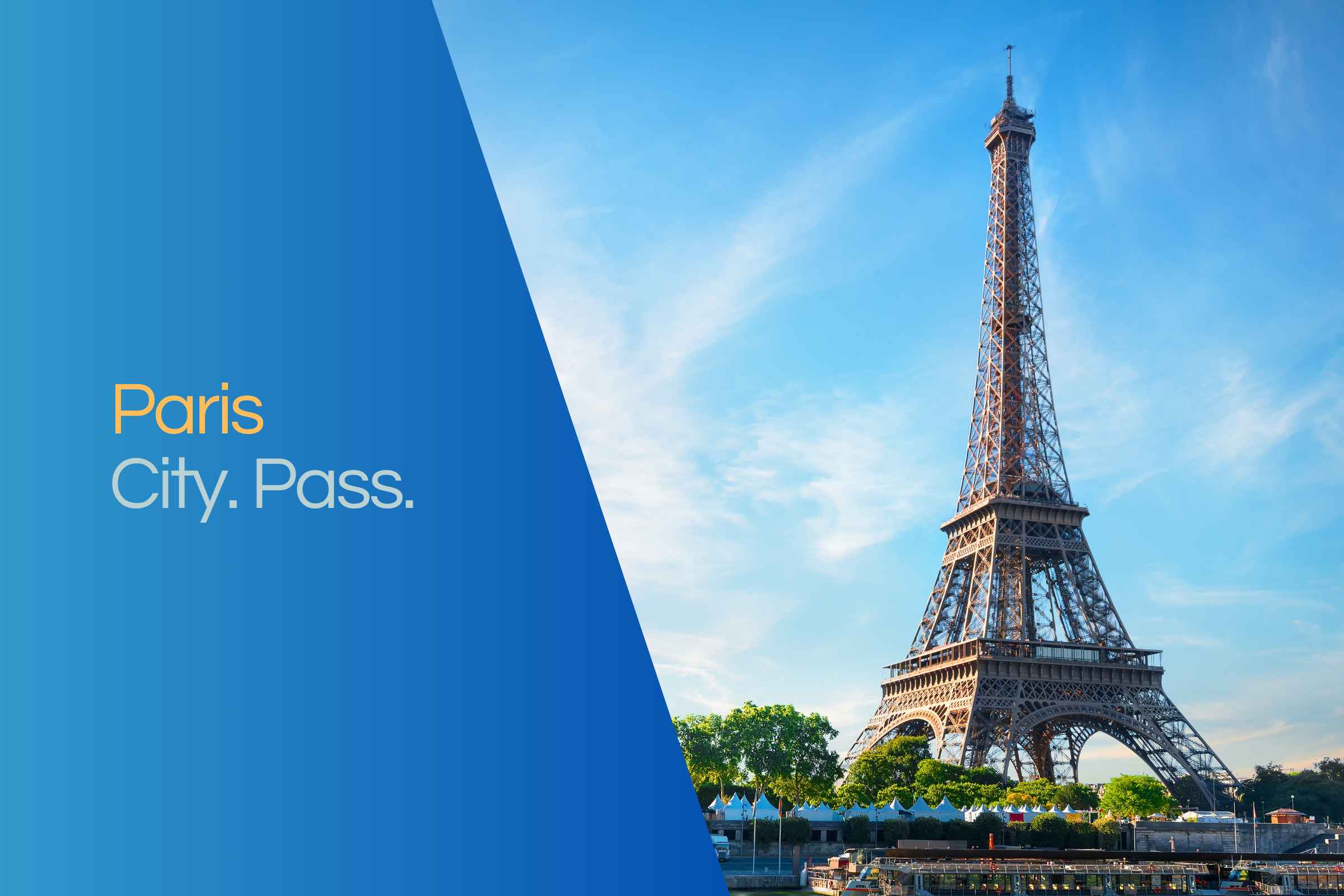Place de la Concorde
The Place de la Concorde, the "Square of Concord", is the largest square in Paris. With him begins the probably most famous boulevard in the world, the Champs-Elysées, which ends after about 2 km at the Arc de Triomphe.

The centre of the square is the Obelisk of Luxor, a granite monolith almost 24 metres high from the time of the ancient Egyptian king Rames II (1303 - 1213 BC). Until 1831, the obelisk had stood in the temple of Luxor, before the then governor of Egypt donated it to the French king and had it transported to Paris.
Square of Concord
The square did not always live up to its name. It was once dominated by an equestrian statue of King Louis XV, destroyed during the French Revolution. It wasn't long before rebels erected the guillotine in its place and began beheadings. The first and most famous victims were King Louis XVI and his wife Marie Antoinette. Today, the obelisk stands here with its massive pedestal and golden spire, a fitting symbol of concord.
Record-breaking elements
The gilded pyramid at the top of the obelisk, the oldest monument in Paris, also serves as the pointer for the world's largest sundial. It's a matter of looking closely, then you can always spot lines and numbers on the ground that represent the clock face. Another record is the square itself, at over 68,000 m2 it is the largest in Paris and the second largest in France. One of the two buildings on the edge of the Place de la Concorde is the Hôtel de Crillon, now one of the most luxurious hotels in the world. At that time still the palace of a noble family, it was here that Benjamin Franklin signed a treaty of friendship between the USA and France.
Harmonious Unity
The other building, built in the same stately style as the Hôtel de Crillon, houses the French Navy Ministry. Together they form an almost symmetrical picture with the obelisk in the middle in front of it. Two richly decorated fountains complete this impression of harmony. One symbolizes the two seas of France, the Mediterranean and the Atlantic, the other two important rivers, the Rhône and the Rhine. These waters each represent a particular economic sector: fishing and seafaring, agriculture and industry. One could argue that all of France is represented in this square.
Famous ensemble
Coming from the Arc de Triomphe, crossing the Place de la Concorde, one reaches in a straight line first the Jardin des Tuileries, a baroque garden complex, and finally the Louvre. Thus, in this visual axis, there are not only some of the most famous sightseeings of France but it is also a central traffic route of the capital. Accordingly, the square is easily accessible by public, the Métro station with several lines is in the immediate vicinity.




